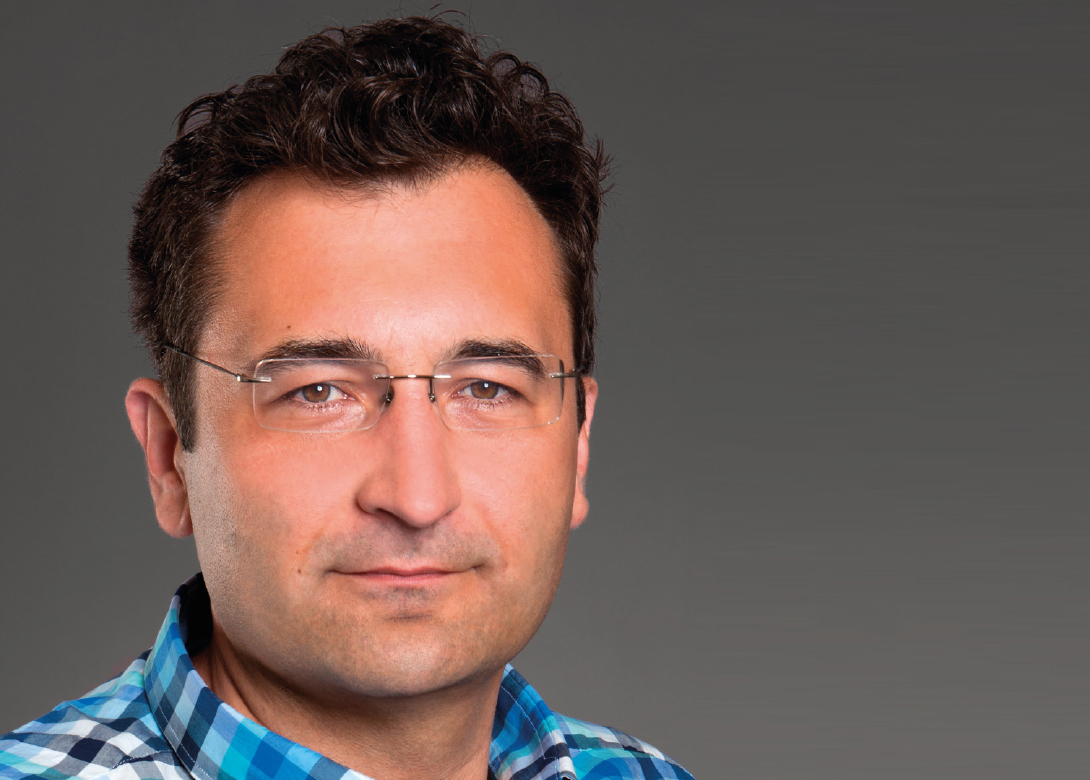
The end of 2016 brought us good prospects for the industry’s growth in the year to come. Both the stable raw material price management conditions and the relatively secure political situation on the worldwide scale implied that 2017 would enable us to run our business under comparable and relatively comfortable conditions. Meanwhile, the past year was marked with completely unforeseeable challenges.
At the beginning of the year, we observed the international markets’ surprisingly low demand for fasteners, followed by a sudden rise in this respect in successive months. Secondly, we were struck by serious disturbances versus the expected seasonality of sales, particularly painful in the first half of the year. And thirdly, the unstable situation in the Persian Gulf region affected some of our major customers. On the one hand, we witnessed the alarming political unrest, which translated into a decline in the economic potential of numerous countries, particularly the United Arab Emirates and Saudi Arabia, and on the other hand, Iran became unburdened as one of the players on the economic map of this area. Also, the social and economic awareness of the British rose as a consequence of all the activities accompanying BREXIT, leading to multiple price increases. Finally, we experienced tremendous uncertainty regarding steel supplies, caused by the Chinese government’s policy.
All these factors combined, forced us to concentrate on seeking solutions and ways to respond flexibly to the emerging situations, especially at the beginning of 2017, which ultimately translated into optimisation of the strategy originally planned for that period. At the same time, we remained firmly focused on finding opportunities in commercially favourable markets. The good, or the improving, demand all across Europe, as well as the stability of Asian markets, supported us in pursuing our operating goals.
Moreover, regardless of the emerging challenges, 2017 was also a year throughout which we were consistently implementing the assumed investment plan linked with automation of the manufacturing plants based in Poland, both in Wrocław and Łańcut. This meant we accomplished yet further milestones helping us fulfil the goals of Rawlplug’s sustainable development strategy. Just to name a few – even lower carbon dioxide emission and waste management optimisation, considerable efficiency increase, improved quality of products, increased flexibility of manufacturing processes and, last not least, improved safety of machinery service and maintenance.
In 2018, we are determined not to deviate from the path of the 2013 – 2018 strategy, making the best of the growth opportunities already diagnosed. I believe that the relatively positive economic situation will favour the entire industry all over the world, and this standpoint is supported by the results attained in the second half of the past year. However, what may be perceived as a challenge for the time to come is the increasing burden of inflation, which has already triggered price raising with much higher frequency than over the previous dozen or so years.
Thinking about 2018, as well as consecutive years, I am additionally convinced that the entire sector will focus on the following three essentially integrated priorities of major importance. The first one is the pursuit of trends of the next industrial revolution that we have already witnessed. Automation and digitisation of production processes form a natural current that the industry must necessarily follow at this day and age. This, in turn, will trigger macro-scale reduction in their energy and labour consumption, as well as improvement in terms of quality, efficiency and safety. The foregoing is directly linked with the second priority, namely the necessity to strongly concentrate on sustainable business development goals, and that one impacts the third priority, i.e. acknowledging that profit and cost-effectiveness are no longer superior measures of success.
It is by no means utopia, but rather a long-term obligation to deliver reliable and trustworthy solutions. It stands for streamlined activity based on best available practices for safety, quality, as well as optimisation of production and operation costs. What for? One might ask. I am absolutely positive that the mission of our industry is to serve other sectors, since we are one of the integral elements of their reality. And the more fixings and fasteners remain fully operational for the next 50, 100 or 200 years, the higher the comfort of life and operation we will be able to deliver – not only to others, but also to ourselves.

Will joined Fastener + Fixing Magazine in 2007 and over the last 15 years has experienced every facet of the fastener sector - interviewing key figures within the industry and visiting leading companies and exhibitions around the globe.
Will manages the content strategy across all platforms and is the guardian for the high editorial standards that the Magazine is renowned.
Don't have an account? Sign Up
Signing up to Fastener + Fixing Magazine enables you to manage your account details.